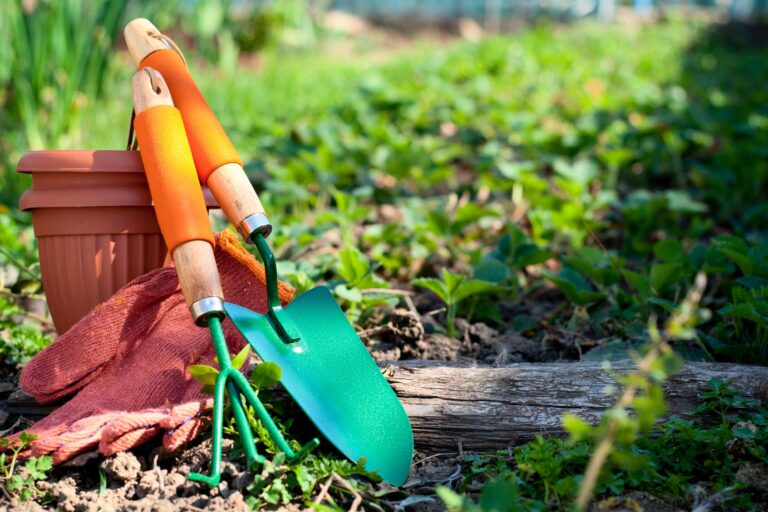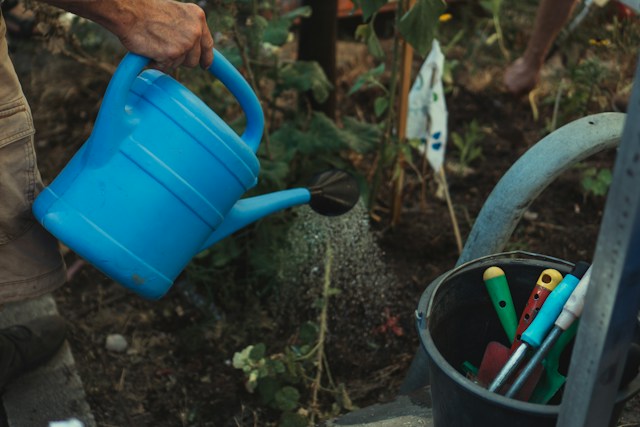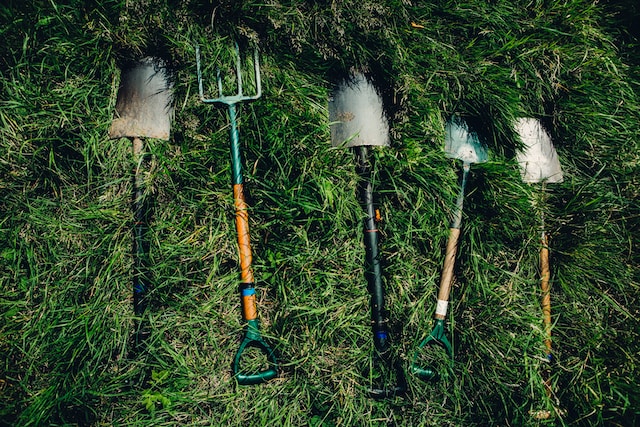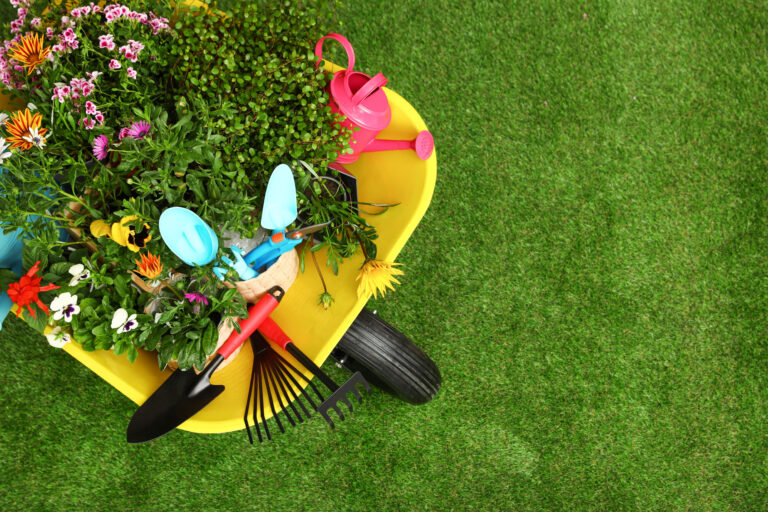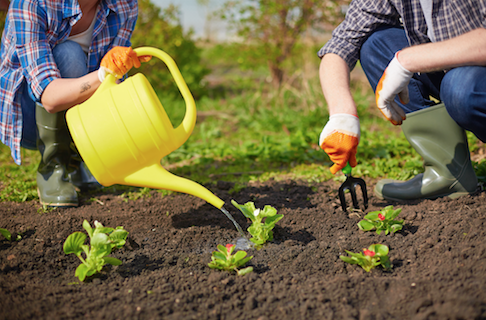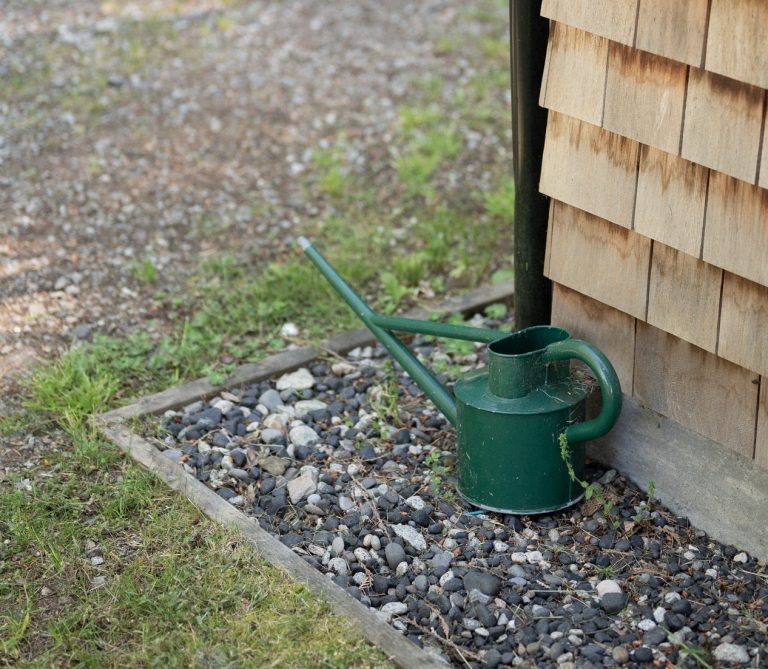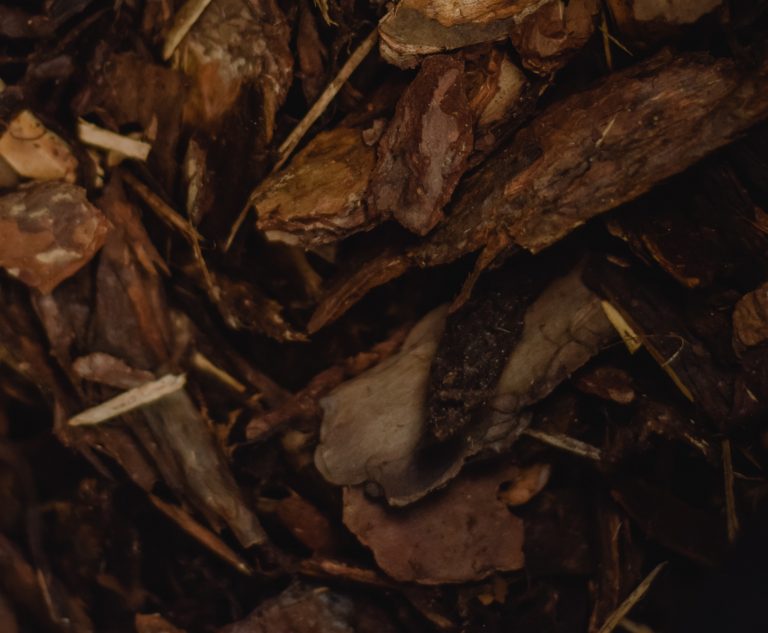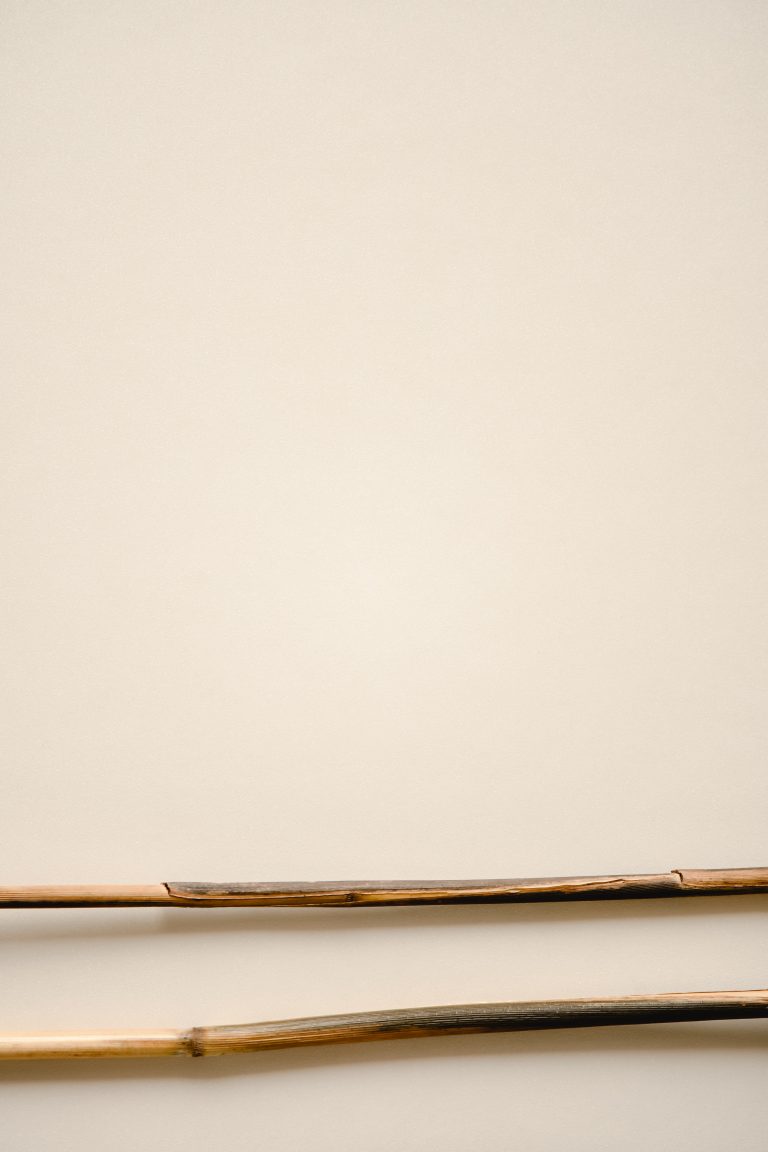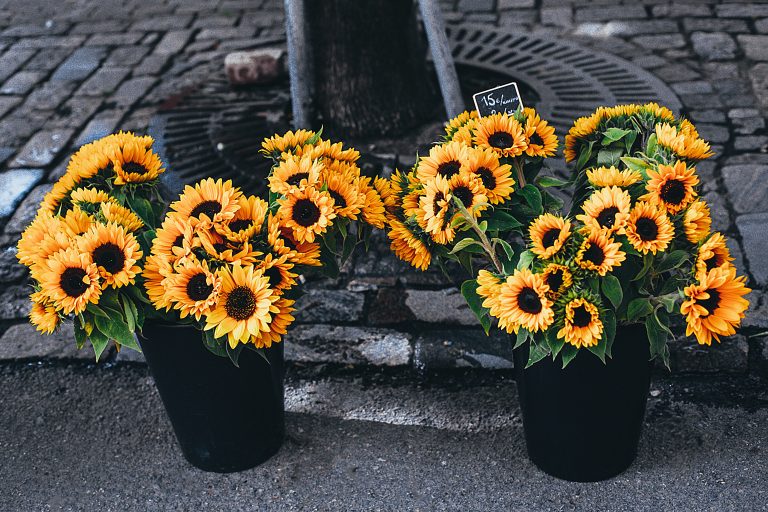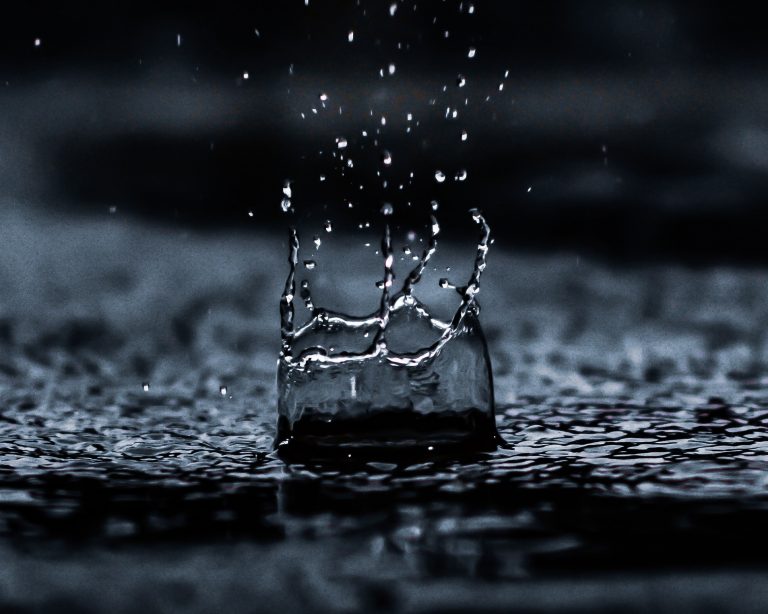Looking for cheap gardening tools that won’t break the bank? You don’t need to spend a fortune to equip your garden with everything you need. By repurposing everyday items, you can create functional and cost-effective tools that make gardening easier and more enjoyable. Here are ten creative DIY hacks to help you save money while…
garden tools
Gardening Supplies You Can Get at Dollar Tree
Have you been to your local Dollar Tree lately? If so, have you checked out their gardening supplies? If not, then you’re missing out. Dollar Tree gardening supplies are inexpensive and yet work just as well as pricier options that you might be elsewhere. You can get gardening basics like seeds, of course. You can…
Frugal Ways To Clean and Disinfect Your Garden Tools
It’s spring and for many of us that’s a great reminder to do some spring cleaning. Cleaning isn’t just for the house, either; you should spring clean your garden. And, of course, you should clean and disinfect your garden tools throughout the year as well. Here are some of the most frugal ways that you…
5 Frugal Ways To Disinfect Garden Tools
Did you know that it’s important for you to disinfect your garden tools? It is! You want to do this regularly. If you’re having a problem with fungus or bacteria, then you should even disinfect items before using them to work on different sections of the garden. It’s not hard, though, so don’t fret. And…
7 Tips for Buying Gardening Materials Online
For anyone who loves to garden, there’s nothing quite like the feeling of finally finding that perfect plant or piece of equipment. But with so many options available online, it can be hard to know where to start. Here are a few tips to help you find the best gardening materials online. 1. Only Buy…
4 Frugal DIY Drip Irrigation Systems
Buying a fancy drip irrigation system is one way to go. But it’ll cost you. Instead, consider a DIY drip irrigation system. Either way, you’ll need to spend time installing irrigation, so why not save a few bucks, too? Benefits of drip irrigation You’ve got a hose or a sprinkler, so why invest…
7 Places Where You Can Get Free Mulch
Mulch is one of the most useful tools for gardeners. It’s especially helpful at a time when the weather is unpredictable. We’ve begun to see the drastic effects of climate change in earnest, namely hotter summers. And while many garden plants love warm weather, there’s a point where the heat becomes unbearable—even for heat-loving…
Cheap Must-Have Tools For Frugal Gardeners
Gardening can get expensive if you let it. Personally, I’m not very big on DIY stuff for the garden. My chronic illness makes it difficult to spend too much time tinkering and toiling. Instead, I have to rely on cheap garden tools to make things work. It can take some time before you discover…
Container Gardening: Fabric Pots vs. Plastic Pots
I love to plant crops in containers, especially finicky plants like eggplant and peppers. I use a variety of containers in my garden, including fabric pots. If it gets too cold, it’s simple enough to haul them inside. Containers are also great for those living in rental properties or those with limited space. It’s…
Harvesting Rainwater for the Frugal Gardener
Gardening requires quite a bit of water. For many gardeners that means an increase in their water bill during the hot summer months. Statistics show that lawn and garden watering make up at least 40% of our total household water use. Frugal gardeners, however, can take advantage of rainwater by bringing back an age-old,…
